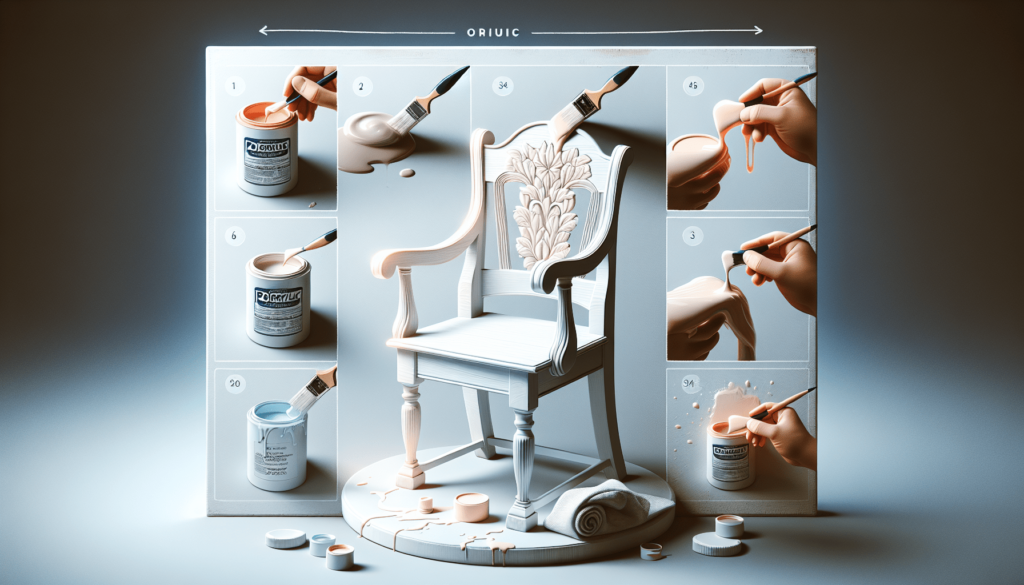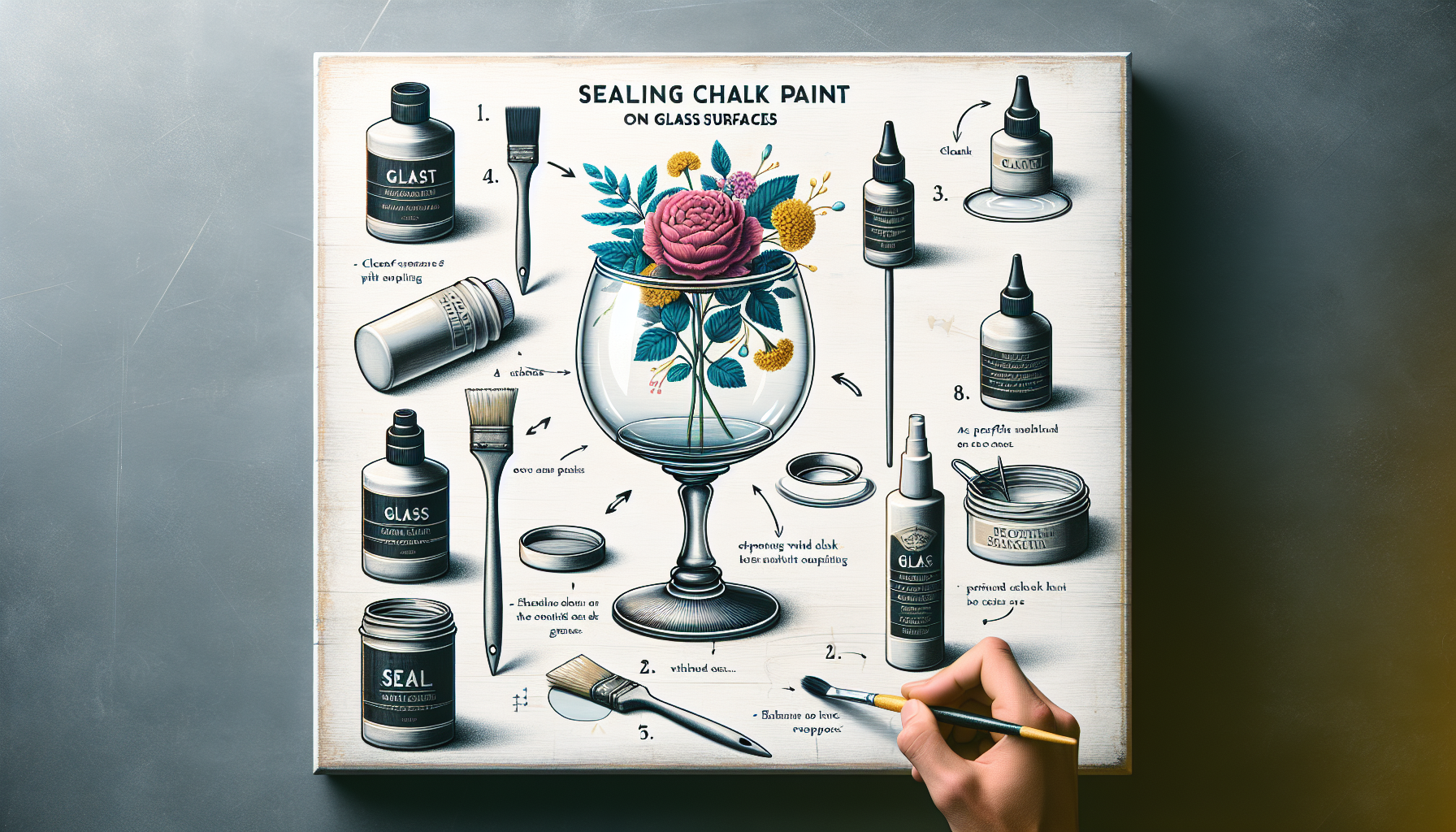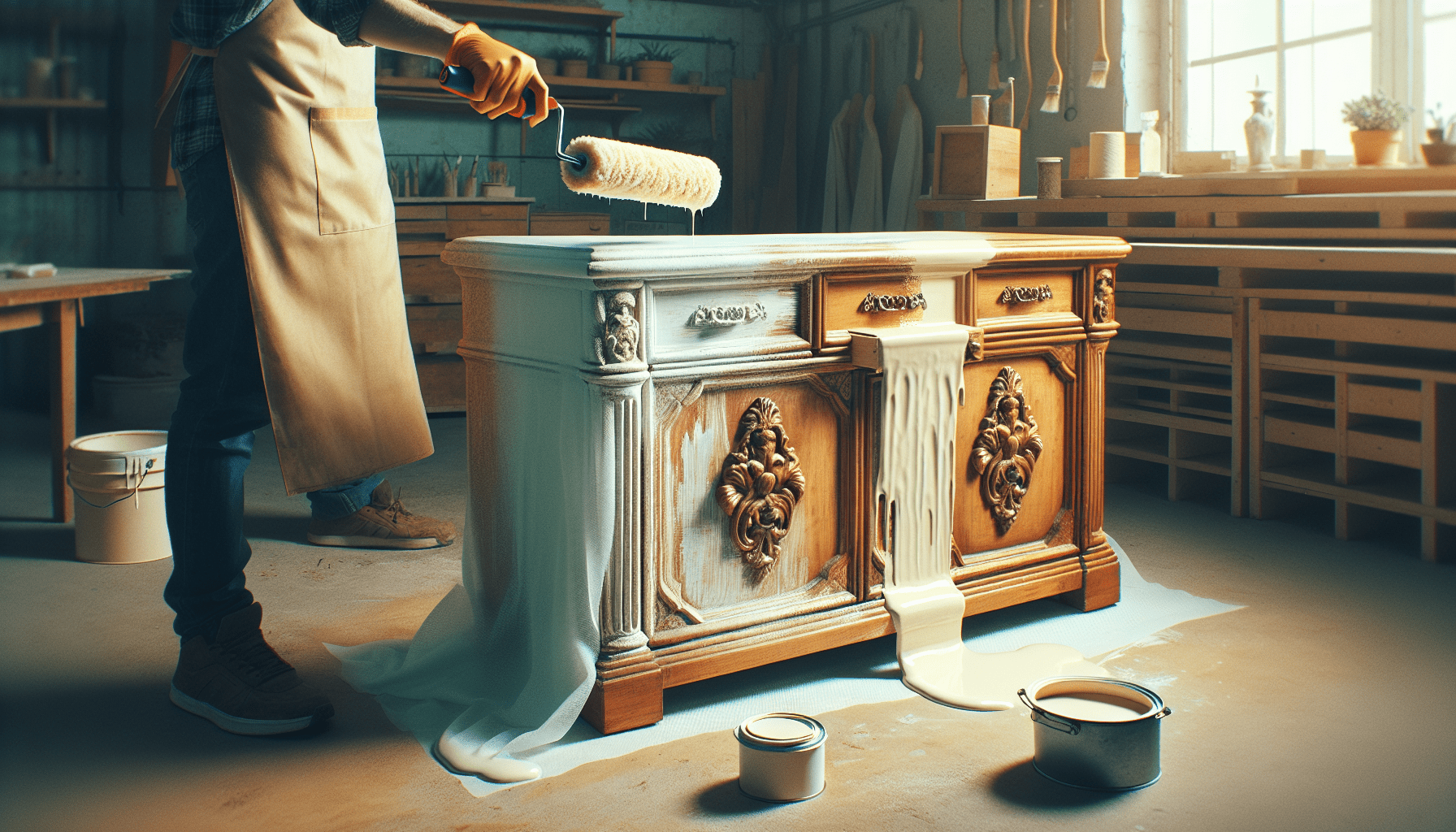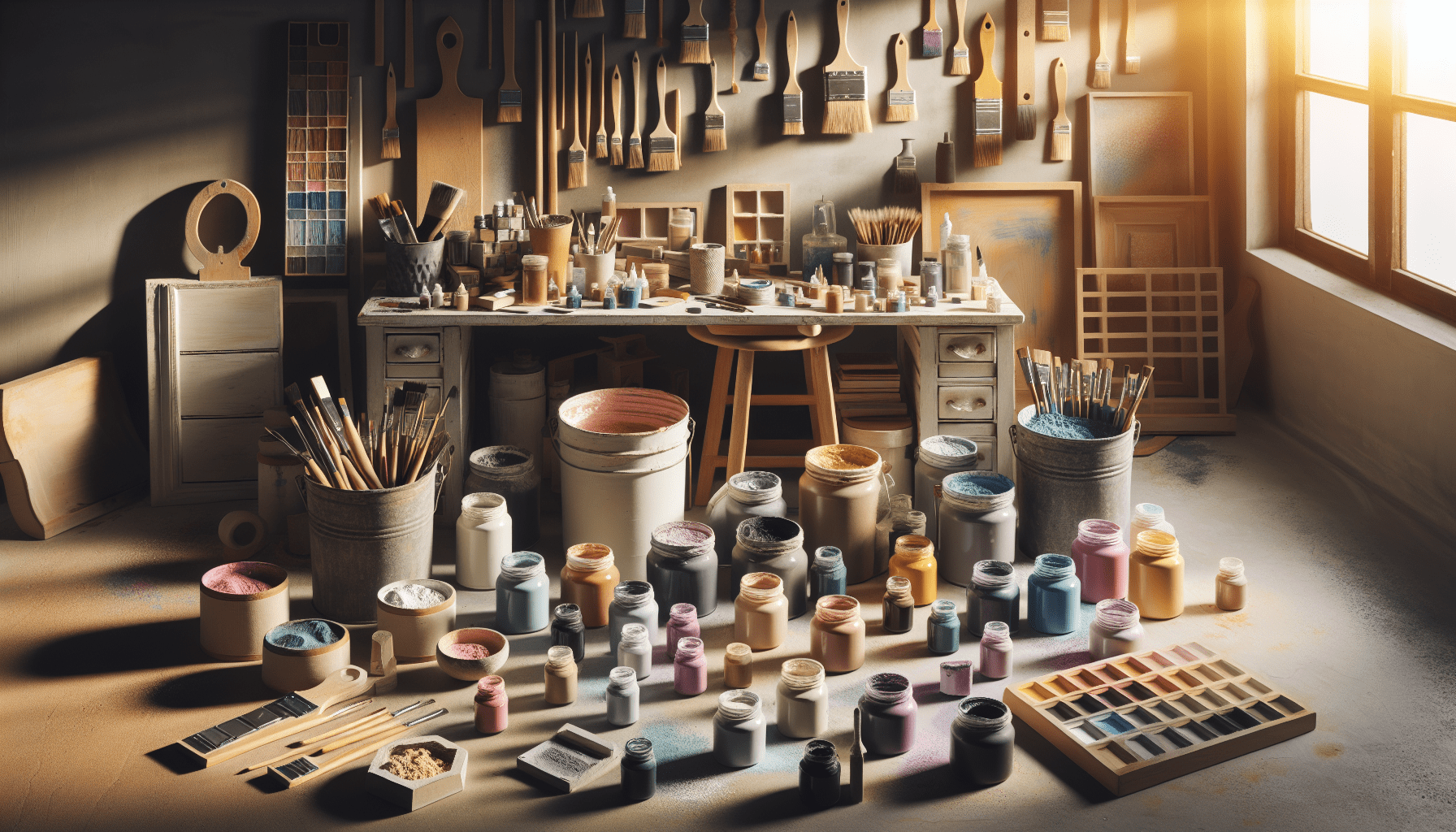When applying polycrylic over chalk paint, it is important to consider the number of coats needed for a smooth and durable finish. Typically, two to three coats of polycrylic are recommended for optimal protection and durability over chalk paint. It is crucial to allow each coat to fully dry before applying the next to avoid any streaking or bubbling. By following these guidelines, you can achieve a professional and long-lasting finish on your chalk painted surfaces. Have you recently used chalk paint to refinish a piece of furniture or a room in your home? Are you now wondering how many coats of Polycrylic you need to apply over the chalk paint for a durable finish? In this guide, we will explore the best practices for applying Polycrylic over chalk paint to achieve the desired results.
Understanding Chalk Paint and Polycrylic
Chalk paint is a popular choice for furniture refinishing due to its matte finish and ease of use. It is known for its smooth application and ability to adhere to various surfaces without the need for priming or sanding. Polycrylic, on the other hand, is a water-based protective finish that provides a clear coat over painted surfaces, including chalk paint.
Chalk paint is porous and can be easily damaged if not sealed with a protective finish. Polycrylic provides a durable topcoat that protects the chalk paint from moisture, stains, and scratches. When applied correctly, Polycrylic can enhance the longevity and appearance of your chalk paint project.
Benefits of Using Polycrylic Over Chalk Paint
Adding Polycrylic over chalk paint offers several benefits, including:
- Protection: Polycrylic creates a protective barrier that shields chalk paint from damage.
- Durability: Polycrylic provides a durable finish that can withstand daily wear and tear.
- Easy Application: Polycrylic is easy to apply and dries quickly, making it a convenient choice for finishing chalk paint projects.
How Many Coats of Polycrylic Over Chalk Paint
The number of coats of Polycrylic you should apply over chalk paint depends on the desired finish and level of protection you want to achieve. In general, two to three coats of Polycrylic are recommended for most chalk paint projects. However, the number of coats may vary based on the following factors:
Surface Texture
If the surface you painted with chalk paint has a rough texture, you may need to apply an extra coat of Polycrylic to ensure even coverage and protection. Smooth surfaces may require fewer coats for adequate protection.
Intended Use
Consider the intended use of the chalk paint project when determining the number of Polycrylic coats. Furniture pieces that will be frequently used or exposed to moisture may require extra coats of Polycrylic for added protection.
Gloss Level
Polycrylic is available in different sheens, including matte, satin, semi-gloss, and high-gloss. The gloss level you choose can impact the number of coats needed for the desired finish. Higher sheen levels may require fewer coats for a glossy appearance.
Desired Finish
The final look you want to achieve with your chalk paint project will influence the number of Polycrylic coats needed. For a subtle finish, two coats may be sufficient, while a high-gloss finish may require three or more coats.

Applying Polycrylic Over Chalk Paint
Before applying Polycrylic over chalk paint, it is essential to prepare the surface properly and follow the correct application techniques to achieve a smooth and even finish. Here are the steps to apply Polycrylic over chalk paint:
Step 1: Clean the Surface
Ensure the chalk paint surface is clean and free of dust, dirt, and debris before applying Polycrylic. Use a soft cloth or tack cloth to wipe down the surface and remove any contaminants.
Step 2: Sand (Optional)
If the chalk paint surface feels rough or uneven, consider lightly sanding it with fine-grit sandpaper to smooth out imperfections. Wipe away any dust from the sanding process before proceeding.
Step 3: Stir Polycrylic
Stir the can of Polycrylic thoroughly to mix the contents and ensure an even consistency. Avoid shaking the can, as this can introduce air bubbles into the product.
Step 4: Apply the First Coat
Using a high-quality synthetic brush or foam brush, apply a thin, even coat of Polycrylic over the chalk paint surface. Work in long, smooth strokes, following the grain of the wood or the direction of the brushstrokes. Allow the first coat to dry according to the manufacturer’s instructions.
Step 5: Sand (Optional)
If the first coat of Polycrylic feels rough to the touch, lightly sand the surface with fine-grit sandpaper to smooth out any imperfections. Wipe away any dust before applying additional coats.
Step 6: Apply Subsequent Coats
Repeat the process of applying thin, even coats of Polycrylic until you achieve the desired level of protection and finish. Allow each coat to dry completely before sanding or applying the next coat.
Step 7: Sand (Optional)
If you prefer a super smooth finish, lightly sand the final coat of Polycrylic with fine-grit sandpaper and finish with a coat of furniture wax for added depth and shine.
Step 8: Cure the Finish
Allow the Polycrylic to cure fully before using or moving the chalk paint project. This process can take several days to a week, depending on environmental conditions such as humidity and temperature.
Troubleshooting Common Issues
Even with proper preparation and application techniques, you may encounter some common issues when applying Polycrylic over chalk paint. Here are some troubleshooting tips to address these problems:
Bubbles in the Finish
If you notice bubbles forming in the Polycrylic finish, lightly sand the affected area with fine-grit sandpaper to remove the bubbles. Wipe away any dust and apply a thin coat of Polycrylic using long, smooth strokes.
Brush Marks
To minimize brush marks in the Polycrylic finish, use a high-quality synthetic brush or foam brush and apply the product in thin, even coats. Work in long, smooth strokes to create a seamless finish.
Yellowing
Polycrylic may yellow over time, especially when exposed to sunlight or high temperatures. To prevent yellowing, choose a water-based Polycrylic that is labeled as non-yellowing or low in VOCs. Additionally, avoid using Polycrylic in areas with high heat or direct sunlight.

Conclusion
Applying Polycrylic over chalk paint is a simple and effective way to protect and enhance your painted surfaces. By following the recommended number of coats and proper application techniques, you can achieve a durable finish that withstands daily wear and tear. Whether you are refinishing furniture or updating your home decor, Polycrylic offers a versatile and protective solution for your chalk paint projects.



